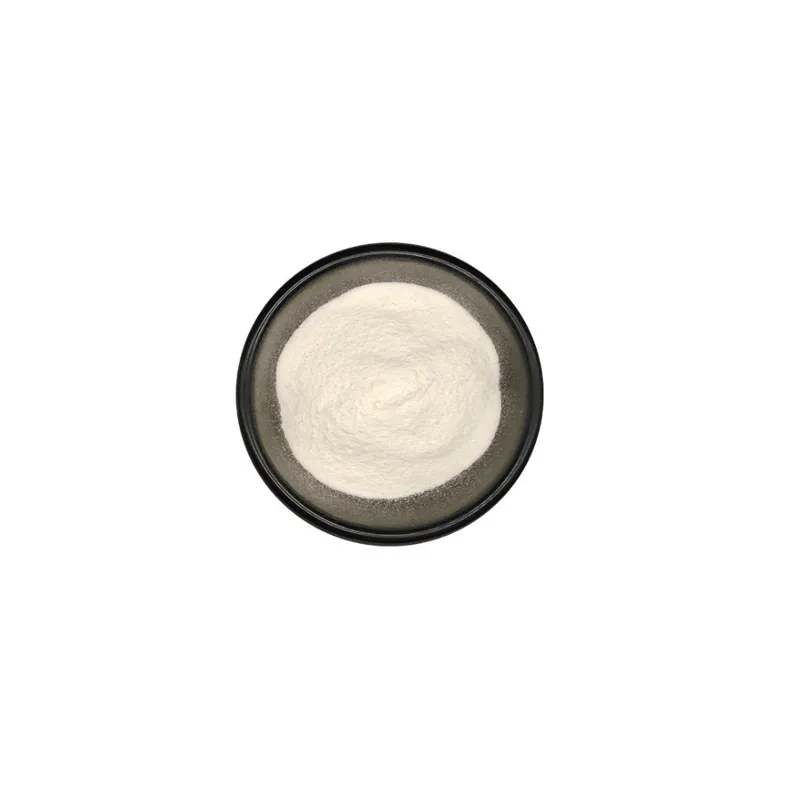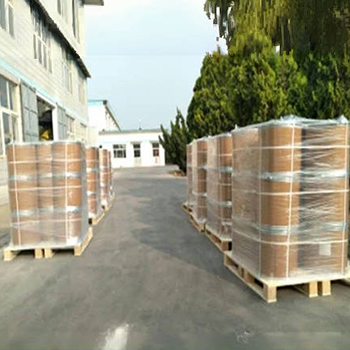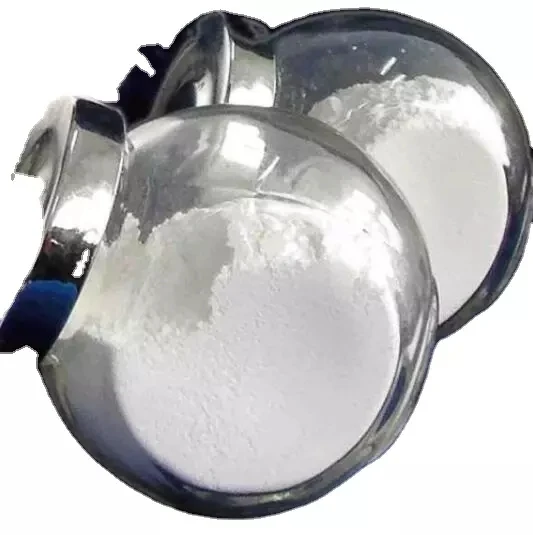Warning: Undefined array key "file" in /home/www/wwwroot/HTML/www.exportstart.com/wp-content/themes/1198/header.php on line 7
Warning: Undefined array key "title" in /home/www/wwwroot/HTML/www.exportstart.com/wp-content/themes/1198/header.php on line 7
Warning: Undefined array key "title" in /home/www/wwwroot/HTML/www.exportstart.com/wp-content/themes/1198/header.php on line 7
- Afirika
- Ede Albania
- Amharic
- Larubawa
- Ara Armenia
- Azerbaijan
- Basque
- Belarusian
- Ede Bengali
- Ede Bosnia
- Bulgarian
- Catalan
- Cebuano
- China
- China (Taiwan)
- Corsican
- Ede Croatian
- Czech
- Danish
- Dutch
- English
- Esperanto
- Estonia
- Finnish
- Faranse
- Frisia
- Galician
- Georgian
- Jẹmánì
- Giriki
- Gujarati
- Haitian Creole
- hausa
- ara ilu Hawaiani
- Heberu
- Bẹẹkọ
- Miao
- Ede Hungarian
- Icelandic
- igbo
- Ede Indonesian
- Irish
- Itali
- Japanese
- Javanese
- Kannada
- Kasakh
- Khmer
- Ede Rwandan
- Korean
- Kurdish
- Kirgisi
- TB
- Latin
- Latvia
- Lithuania
- Luxembourgish
- Macedonian
- Malgashi
- Malay
- Malayalam
- Èdè Malta
- Maori
- Marathi
- Mongolian
- Mianma
- Nepali
- Norwegian
- Norwegian
- Occitan
- Pashto
- Persian
- Polish
- Portuguese
- Punjabi
- Romanian
- Russian
- Samoan
- Scotland Gaelic
- Ede Serbia
- English
- Shona
- Sindhi
- Sinhala
- Slovakia
- Slovenia
- Somali
- Ede Sipeeni
- Ede Sundan
- Swahili
- Swedish
- Tagalog
- Tajik
- Tamil
- Tatar
- Telugu
- Thai
- Tọki
- Turkmen
- Ukrainian
- Urdu
- Uighur
- Uzbekisi
- Vietnamese
- Welsh
- Egba Mi O
- Yiddish
- Yoruba
- Zulu
Boric Acid
Boric acid is a compound of boron, oxygen, and hydrogen with formula B(OH)3. It is usually encountered as colorless crystals or a white powder, that dissolves in water, and occurs in nature as the mineral sassolite. It is a weak acid that yields various borate anions and salts, and can react with alcohols to form borate esters.
feeling greasy, odorless and tasteless, soluble in water, alcohol, glycerol ether and volatile oil, the water solution indicating weak acidity, when heating to 70-100ºC, hydro-extracting gently to change into meta-boric acid; 150-160ºC, as pyro-boric acid: 300ºC, as boric anhydride (B2O3).




1. Promotes plant growth
2. Enhances flowering and fruiting
3. improves nutrient uptake
4. Prevents nutrient deficiencies
5. Increases disease resistance
-
Promotes plant growth: Boric acid is an essential micronutrient for plants, and its presence in the soil helps in cell division, root development, and formation of new tissue, thereby promoting overall plant growth.
-
Enhances flowering and fruiting: Boric acid is known to improve flower initiation and pollination, resulting in increased fruit set and quality. It aids in the transport of sugars and carbohydrates within the plant, leading to improved fruit development.
-
Improves nutrient uptake: Boric acid acts as a facilitator in the uptake and utilization of other important nutrients such as nitrogen, phosphorus, and potassium. It enhances nutrient absorption and utilization efficiency by promoting enzyme activity in plants.
-
Prevents nutrient deficiencies: Boric acid acts as a preventative measure against boron deficiency in plants. Boron deficiency can cause various disorders, including stunted growth, reduced crop yield, and poor quality fruits and vegetables.
-
Increases disease resistance: Boric acid has antifungal properties that can help protect plants against various fungal diseases. It acts as a natural fungicide, preventing the spread of infection and promoting healthier plant growth.
A ni ọpọlọpọ awọn ile-iṣelọpọ giga-giga pẹlu ifowosowopo jinlẹ, eyiti o le fun ọ ni awọn ọja to gaju ati awọn idiyele ifigagbaga. Ati pe a tun le fun awọn ẹdinwo fun awọn rira olopobobo.Ati pe a ṣe ifọwọsowọpọ pẹlu ọpọlọpọ awọn ile-iṣẹ gbigbe ẹru ẹru ọjọgbọn, le fi awọn ọja ranṣẹ lailewu ati laisiyonu si ọwọ rẹ. Akoko ifijiṣẹ jẹ nipa awọn ọjọ 3-20 lẹhin ijẹrisi isanwo.




| Items | Index | Abajade |
| H3BO3 | ≥99.5% | 99.8% |
| B2O3 | ≥56.0% | 56.1% |
| Boron (B) | ≥17.5% | 17.6% |
| Chloride (Cl) | ≤0.0005% | 0.0003% |
| Water Insoluble | ≤0.005% | 0.003% |
| Iron (Fe) | ≤0.0005% | 0.0001% |
| Sulphate | ≤0.002% | 0.001% |
| Heavy Metals (Pb) | ≤0.001% | 0.001% |
Boric acid is actually a hydrate of boron oxide(B2O3H2O), which is a white powder crystal o a sealy glossy crystal on a tri-oblique axis , feel soapy if touched,and it is odouless. Soluble in water,alcohol. glycerin, others and esscntial oils, odorless,slightly sour and bitter after taste. Exposure does not change in the air, and can volatilize with water vapor.When heated to 101-105 °C, a molecule of water is lost then form metaboric acid; when heated for a long time at 104-160°C, it is converted into pyroboric acid,and anhydrous is formed at higher temperaturc. The PH of boric acid is 5.1.1g boric acid can be dissolved in18ml cold water,4ml boiling water,18ml cold ethanol, 6ml boiling ethanol and 4ml glyeerol. The solubility in water can be increased with the addition of hy-drochloric acid, citric acid and tartaric acid.Relative density: 1.4347, melting point 184ºC(decomposition), boiling point 300'C.
Boric acid (H3BO3) is a solid, soft, smooth, solid weak acid that is used in pharmaceutical and cosmetic industries.
It is chemical used for making ceramics, glazes, cements, wicks, food preservatives, special glasses; Also for leather dressing compounds for preparation of hides prior to tanning; Artificial precious stones; As flux in metallurgical industry, fire-proofing compositions and linings for safes; Also for pigments; Enamel paints, paper glazes, cosmetics, soaps, textiles, medicines, etc.

1. Ṣe o jẹ ile-iṣẹ tabi ile-iṣẹ iṣowo kan?
A jẹ ile-iṣẹ iṣọpọ compnay ati iṣowo, ti n pese iṣẹ iduro kan.OEM le gba.
2. Ṣe o pese awọn ayẹwo? Ṣe o jẹ ọfẹ tabi afikun?
Awọn ayẹwo ọfẹ.Ọya ẹru ọkọ ayẹwo naa nilo lati san nipasẹ ẹgbẹ rẹ.
3. Ṣe o ni awọn iwe-ẹri eyikeyi ti o ni ibatan si iṣakoso didara?
ISO 9001: 2008 iwe-ẹri lati rii daju didara.
4. Kini MO yẹ ki n pese lati gba agbasọ ọrọ kan?
Pls sọ fun wa iru ọja ti o nilo, iwọn ibere, adirẹsi ati awọn ibeere pataki.Itọkasi yoo ṣee ṣe fun itọkasi rẹ ni akoko.
5. Iru ọna sisan wo ni o fẹ? Iru awọn ofin wo ni a gba?
Awọn ofin Ifijiṣẹ ti a gba: FOB, CFR, CIF, EXW;
Ti gba Owo Isanwo:USD;
Ti gba Isanwo Isanwo: T/T,Western Union; Paypal, Iṣowo Iṣowo.
Ede Sọ: Gẹẹsi.
Awọn ẹka ọja
-
 Apr . 27, 2025Zibo will host the 2025 International Chemical ExpoZibo, a city known for its thriving chemical industry, will host the 2025 Zibo International Chemical Expo from May 16 to May 18, 2025. This highly anticipated event aims to bring together industry leaders, innovators and stakeholders from around the world to explore the latest advancements and trends in the chemical industry.
Apr . 27, 2025Zibo will host the 2025 International Chemical ExpoZibo, a city known for its thriving chemical industry, will host the 2025 Zibo International Chemical Expo from May 16 to May 18, 2025. This highly anticipated event aims to bring together industry leaders, innovators and stakeholders from around the world to explore the latest advancements and trends in the chemical industry. -
 Apr . 22, 20252025 Yokohama Cosmetics Raw Materials and Technology ExhibitionYOKOHAMA, Japan – The City of Yokohama is preparing to host the much-anticipated Cosmetics Ingredients & Technologies 2025 from May 14 to May 16, 2025. The premier event is expected to attract industry professionals, innovators and enthusiasts from around the world to showcase the latest advancements in cosmetic ingredients and technologies.
Apr . 22, 20252025 Yokohama Cosmetics Raw Materials and Technology ExhibitionYOKOHAMA, Japan – The City of Yokohama is preparing to host the much-anticipated Cosmetics Ingredients & Technologies 2025 from May 14 to May 16, 2025. The premier event is expected to attract industry professionals, innovators and enthusiasts from around the world to showcase the latest advancements in cosmetic ingredients and technologies. -
 Apr . 18, 20252025 India Mumbai Fine Chemicals ExhibitionMUMBAI, India – The bustling metropolis of Mumbai is gearing up to host the much-anticipated Fine Chemicals Expo on April 29-30, 2025. The premier event is expected to attract industry leaders, innovators and stakeholders from across the world to showcase the latest advancements in the fine chemicals sector.
Apr . 18, 20252025 India Mumbai Fine Chemicals ExhibitionMUMBAI, India – The bustling metropolis of Mumbai is gearing up to host the much-anticipated Fine Chemicals Expo on April 29-30, 2025. The premier event is expected to attract industry leaders, innovators and stakeholders from across the world to showcase the latest advancements in the fine chemicals sector.















